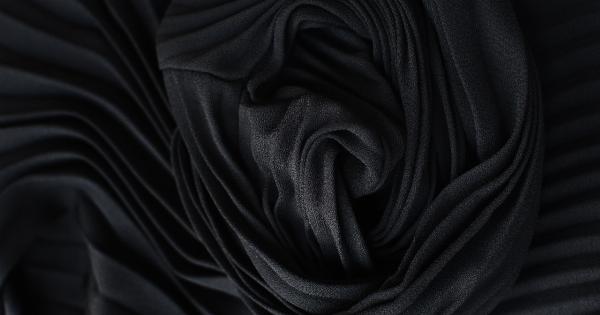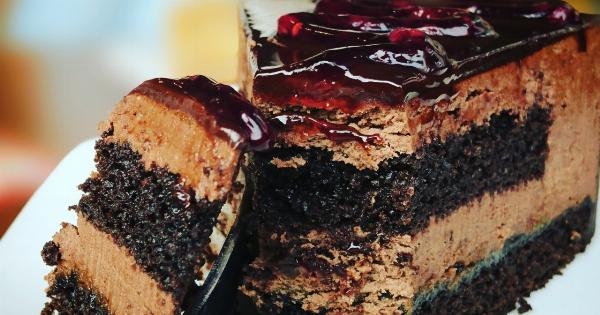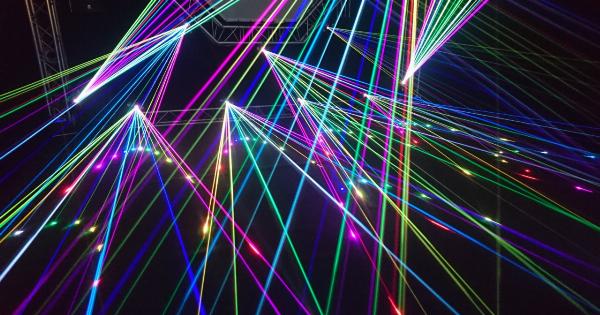Stretch marks, also known as striae, are visible lines that appear on the surface of the skin as a result of its stretching or shrinking.
They are usually characterized by discolored or scarred skin that appears reddish, pinkish or purplish in color, but later turns silvery, white, or glossy.
Stretch marks are caused by the tearing of the dermis, the middle layer of the skin that contains collagen and elastin fibers.
When the skin stretches too much, these fibers break, resulting in damaged skin that leads to the appearance of stretch marks.
Causes of Stretch Marks
Pregnancy
Pregnancy is one of the most common causes of stretch marks, especially on the belly, breasts, hips, and thighs.
During pregnancy, the skin stretches to accommodate the growing baby, causing the collagen and elastin fibers in the skin to break down, leading to the formation of stretch marks.
Rapid Weight Gain or Loss
Rapid weight gain or loss can also cause stretch marks to appear. When you gain weight quickly, your skin doesn’t have enough time to adjust to the changes, which can lead to the tearing of the skin fibers, resulting in stretch marks.
Similarly, when you lose weight too quickly, your skin may not have enough time to adjust to the new contours of your body, causing stretch marks to appear.
Puberty
Puberty can also lead to the formation of stretch marks, especially on the thighs, hips, and breasts. As the body develops during puberty, the skin may stretch beyond its capacity, causing the skin fibers to tear and the appearance of stretch marks.
Corticosteroids and Medications
Corticosteroids, a type of medication used to treat various conditions, such as asthma, allergies, and autoimmune diseases, can also cause stretch marks to appear.
These medications can weaken the skin and reduce its elasticity, making it more prone to stretch marks.
Treatments for Stretch Marks
Topical Creams and Lotions
Topical creams and lotions can help reduce the appearance of stretch marks. One of the most effective ingredients in these creams is retinoids, a type of vitamin A that can help boost collagen production and improve the texture of the skin.
Laser Therapy
Laser therapy is another effective treatment option for stretch marks. This technology uses a focused beam of light to stimulate collagen production and improve the appearance of the skin.
This treatment is often used in combination with other treatments, such as topical creams and lotions.
Microdermabrasion
Microdermabrasion is a non-invasive treatment that involves the use of a fine abrasive crystal to remove the outer layer of the skin.
This procedure can help improve the appearance of stretch marks by stimulating collagen production and improving the texture of the skin.
Surgical Procedures
In severe cases, surgical procedures, such as abdominoplasty or a tummy tuck, may be needed to remove stubborn stretch marks.
These procedures involve the removal of excess skin and fat from the affected area, resulting in a smoother, more toned appearance.
Conclusion
Stretch marks are a common skin condition that can affect people of all ages and genders. While they are not harmful to your health, they can cause cosmetic concerns for some people.
Fortunately, there are several treatment options available, ranging from topical creams and lotions to more invasive surgical procedures. Consult with a dermatologist to determine the most suitable treatment option for you.



























